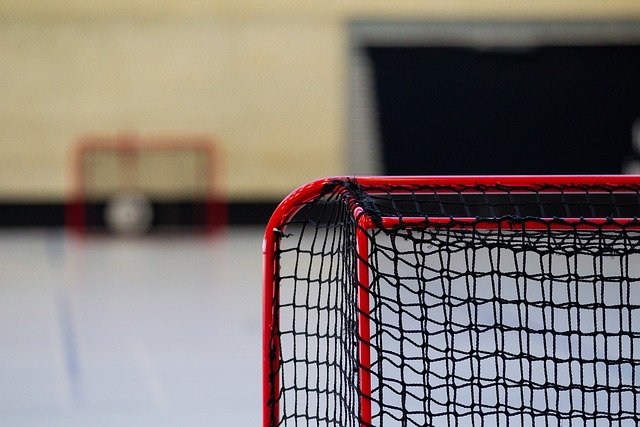Maximizing Athletic Potential: The Unseen Impact of Core Stability in Sports Performance
The world of sports is a riveting spectacle of human potential. It's a realm where athletes constantly push the boundaries of physical performance, seeking that edge to outshine their competitors. Amid this quest for supremacy, one key aspect often slips under the radar - core stability. This article aims to unveil the unexplored significance of core stability in sports performance, its incredible benefits, and its practical applications from a fresh and unique perspective.

The Underlying Significance of Core Stability
Core stability, a term often thrown around in fitness circles, remains a relatively untapped area in sports. The ‘core’ refers to the muscles in the abdomen, hips, lower back, and pelvis. These muscles are the powerhouse of the body, providing a stable base for the movement of limbs and maintaining body balance. Core stability implies the ability to control the position and movement of the core, which translates to enhanced athletic performance.
From Ancient Times to Modern Sports
The understanding of core stability isn’t a new phenomenon. Ancient Greek athletes were known to incorporate core exercises in their training regimens. However, it was only in the late 20th century that the concept started gaining scientific recognition. Today, it’s an integral part of athletic training across sports disciplines.
Decoding the Core Stability Advantage
Research-backed analysis reveals that core stability has multifaceted benefits. It improves balance, reduces injury risk, enhances agility, and contributes to overall strength and power. A stable core also allows for efficient transfer of force from the lower body to the upper body and vice versa, which is fundamental in sports like soccer, baseball, or boxing.
The Real-World Applications
Consider a baseball player about to make a pitch. The power generated in his lower body travels up through a stable core, allowing him to deliver a fast, accurate pitch. Similarly, a boxer pivoting for a powerful punch relies on a strong core to transfer force from his foot through his fist. Even endurance sports like marathon running benefit from core stability as it aids in maintaining an efficient, upright posture, reducing energy expenditure.
The Challenge: Developing Core Stability
While the advantages of core stability are clear, developing it is a challenge. It requires consistent, targeted exercises and a balanced approach to training. Overemphasis on developing core strength without focusing on stability can lead to imbalances and increase injury risk.
In conclusion, core stability is an essential yet often overlooked aspect of sports performance. While it poses challenges in training, its benefits in enhancing athletic performance are undeniable. It’s a testament to the intricate complexity of sports, where not just brute strength, but controlled power reigns supreme. The spotlight on core stability shines a fresh light on athletic training, reminding us that in the world of sports, it’s often the unseen that makes the champion.




